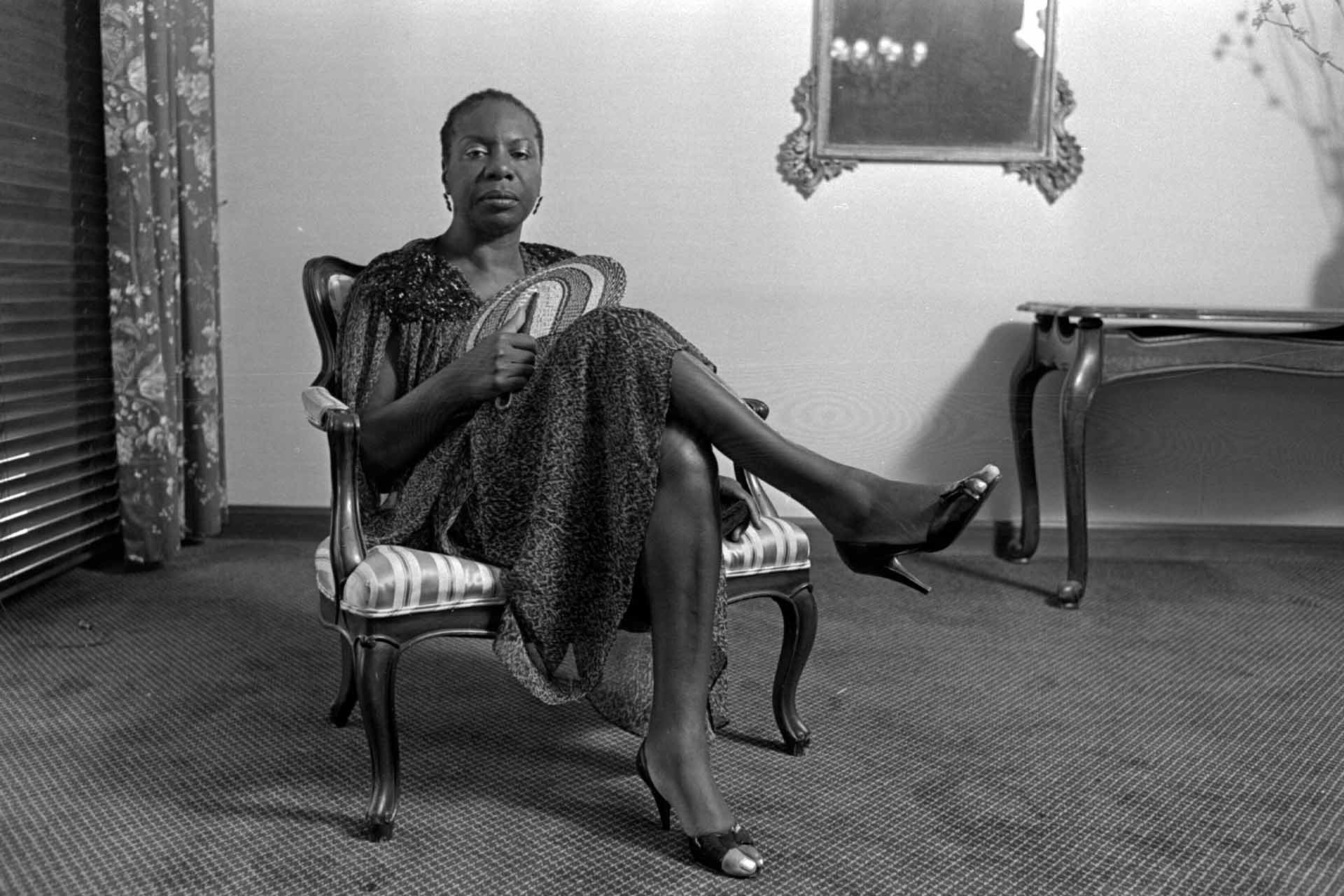
Ayesha Anwar chose Nina Simone as an inspirational Black person to write about for Black History Month 2025. This year, the theme is 'Standing Firm in Power and Pride'. Read her blog post below.
Even though she became the ‘priestess of soul’, at one point, Nina Simone was a young girl playing the piano in her church, dreaming of selling out auditoriums of people wanting to hear her sonnets. She did not grow up in the easiest time for black women, however.
Finding her footing in her music career as a jazz singer in the ’50s and ’60s meant two things. One, she would gain a loyal and beloved fan base, having achieved success in the height of the jazz era. And two, she had a choice on whether her music (like so many other pieces of media at the time) could reflect the wider white masses or things that mattered to her. This was not an easy decision, as talented and respected singers, such as Billie Holiday, were forced to create neutral types of songs in fear of losing revenue or facing abuse. The songs deemed acceptable for black singers were ones that did not depict any kind of issues experienced by the black community or encourage an increase in civil protest. I'm sure some of you reading this find this bizarre, in an age where our opinions are often prioritised and displayed in the open, a time where simply releasing a song meant life or death is a foreign concept. But this was a reality many black singers had to accept, for safety and for financial security. Singers, except for Nina Simone.
You see, not only was Simone active in the civil rights movement, but she was proudly involved, discussing racial issues in her music and interviews while also being friends with other activists such as James Baldwin and Malcom X. One of her songs in particular, “Mississippi Goddamn”, caused significant backlash, as this song directly called out the neglectful actions of politicians and violent attacks that the black community experienced. Simone would sing this song despite the hecklers and verbal abuse she faced. In fact, there were times when she gave a warning before the song, stating that if anyone did not believe in what it stood for, they should leave the venue. She was proud of the fight her people were experiencing; she revelled in rebellion and demands for substantial justice for those who deserved it.
This did not come without its issues, unfortunately. Due to her outspoken support for the civil rights movement and the Black Panther Party, Simone lost many fans, revenue, and record deals. This led to her moving to France with an abusive husband and an array of undiagnosed mental health issues that greatly affected her ability to perform. But of course, this did not stop Simone from spreading her message of resistance and love, for her community and the women within it. Throughout her life, she was a testament to how important it was to use everything in your power to stand for what you believe in, even if it costs you, it could give a generation everything they need to succeed.
Image used: Nina Simone in her home, 1985.jpg. (2023, September 21). Wikimedia Commons. Retrieved October 2, 2025, from https://commons.wikimedia.org/w/index.php?title=File:Nina_Simone_in_her_home,_1985.jpg&oldid=803455669.